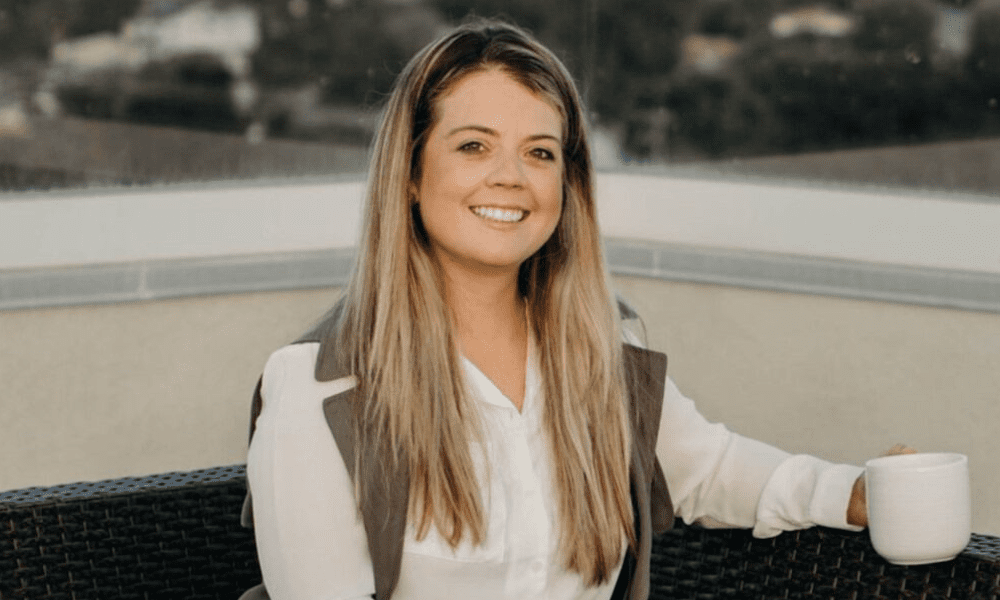When AI meets ROI: How data-driven drones and declines are shaking up property insurance

When AI meets ROI: How data-driven drones and declines are shaking up property insurance | Insurance Business America
Property
When AI meets ROI: How data-driven drones and declines are shaking up property insurance
Insurers using AI have seen loss ratios improve by five percent, premiums rise by 15%
Property
By
Lauren Johnson
One of the most prominent trends within the investment property insurance market is the growing reliance on data analytics and advanced technology by insurance carriers – and it’s little surprise why.
According to research from APE Analytics, insurers actively using AI and machine learning have seen loss ratios improve by 5% through reduced claims and premiums rising by as much as 15% due to better risk evaluations.
“Insurance carriers are using third party data, including imagery from drones, to detect excess debris and roof concerns on properties,” said Michelle Afflalo (pictured), broker and agent at Ives Insurance Services. “One of our carriers has infrared technology that can detect moisture on a roof, so it can tell you if a roof has fungus growing on it, which could potentially lead to other issues.
“Basically, they’re using this technology to go and look at real estate before true underwriting begins. What used to happen is that we would write a policy, the carrier would do an inspection and the client would have a certain amount of time to address any issues, now it’s different; it’s all happening in pre underwriting.”
This technological integration into underwriting processes has led to a tighter approach from insurers, as they now have access to far more detailed risk assessments before even writing a policy.
“We’re seeing a lot more declines, unfortunately,” Afflalo explained. “The carriers are getting more conservative because they see all these warning factors; they’re leveraging the data that they’re getting, which is allowing them to assess the risk better and be pickier on certain things to help them mitigate their losses enabling them to stay in the marketplace.
“The hope is that as these technologies continue to evolve, they will lead to a more dynamic rating system, where risks are more accurately priced versus just declined by the preferred markets. The current state of the market, however, is one of caution and restraint. Insurers, having faced significant losses from natural disasters and other unforeseen events, are wary of taking on too much risk – which has led to an uptick in policy declines, particularly in high-risk areas.”
On the client side, these trends are driving a shift in how property owners approach their insurance needs. With rising rates and increased policy declines, there is a growing demand for more customized insurance solutions.
“Before, it was very easy, we would know a carrier’s appetite and so we could say, ‘let’s place you into this preferred apartment or property program; you fit in their box; you’re going to get well rounded, comprehensive coverage’,” added Afflalo. “Now, people are declined, and we have to go to more non admitted carriers with more exclusions and higher rates. So now clients are saying, ‘Well, wait a second, can I reduce coverage? Make changes? Can I raise my deductible?’ As such, we’re starting to trend towards making more customizable programs/policies.”
One of the most pressing issues Afflalo faces as a broker is the balancing act between securing comprehensive coverage and keeping premiums manageable. But the industry’s response to rising risks has been to cut or limit coverage, a trend that Afflalo finds concerning. This trend towards limiting coverage has significant implications for policyholders, particularly those with large portfolios. Such limitations can leave investors with substantial gaps in coverage, particularly as building costs continue to rise.
The devil, as they say, is in the details, and Afflalo is acutely aware of this. She stresses the importance of understanding policy wording, especially when it comes to new limitations being embedded in policies. Afflalo also points to the increasing prevalence of water damage exclusions as another area of concern. “In the past, water damage coverage often extended up to the full building limit. But now, some companies are starting to say that they’ll only give a sublimit for water damage claims.”
Litigation is another factor driving up costs in the investment property insurance sector. Afflalo notes that the rise in lawsuits between tenants and landlords has led carriers to exclude habitability from liability coverage, a critical area of protection.
“The increase in habitability type claims, whether accurately warranted or not, has driven carriers to say, ‘we’ve got to put a stop to this, and one way to do that is to stop offering habitability coverage’,” she said.
Despite these challenges, Afflalo and her team at Ives Insurance Services are finding ways to navigate the increasingly turbulent landscape. This approach involves working closely with underwriters to develop logical coverages that provide the necessary protection without compromising affordability.
“As a property insurance broker, it’s so important to understand what’s going on in the ever-changing real estate and property management world,” she said. “I always say it is a balance between logical coverages versus just trying to get the cheapest rates out there.”
Related Stories
Keep up with the latest news and events
Join our mailing list, it’s free!






